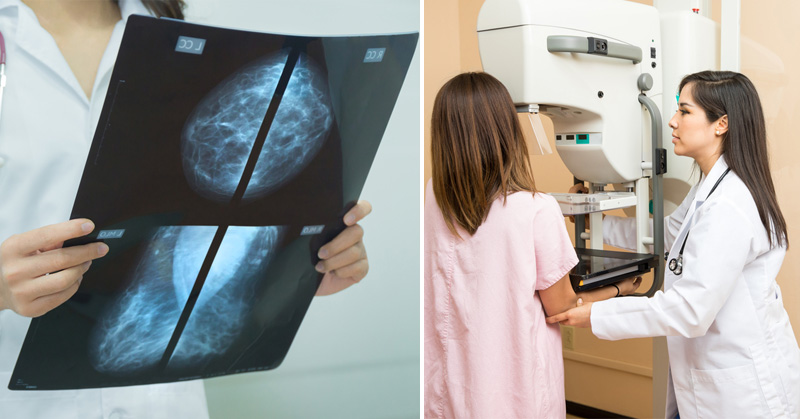Millions of women undergo regular breast cancer screening using mammography. Women endure each pull, tug, and squash with the thought that the x-ray images could save their lives. But does that annual mammogram really save lives?
This is a natural question to ask. And the answer may surprise you. New research is putting doubt into the minds of patients and medical professionals.
A mammogram (also called a mammography) is an x-ray picture of the breast. Traditionally, mammograms have been used to check for breast cancer in women who have no visible signs or symptoms of the disease – meaning no lumps have been felt. This form of mammogram is called a screening mammogram. The same machines may also be used after a cyst or other anomaly has been detected. This form of mammogram is called a diagnostic mammogram and has higher levels of radiation exposure because more images are taken.
The belief for decades has been that by detecting breast cancer early, treatment would begin earlier reducing the risk of dying from breast cancer. Logical, right?
The Effectiveness of Mammograms Put into Question
The problem is that several studies published in recent years put into question whether mammograms are effective in reducing breast cancer deaths.
In 2014, the longest and largest study to examine the effectiveness of mammograms in screening breast cancer concluded the annual mammography does not reduce mortality. Published in the British Medical Journal, the study sought to answer the question whether there is any advantage to detecting cancers when they are too small to feel in exams.
They found that because non-life threatening cancers are detected and treated, as many as one in five patients did not need treatment yet received chemotherapy, surgery, or radiation. This problem is called “overdiagnosis” and is the single biggest reason for the mammography concerns.
One year later, a comprehensive review that included the 2014 study found that there is an observed reduction in breast cancer deaths because of screening mammograms. The review recognized the potential benefits and harms and encouraged patients to be informed.
Until there’s more conclusive evidence, the debate will continue. Another layer to the debate is that that “breast cancer is big business”. Profitability may play a role in determining medical procedures.
Benefits and Harms of Regular Mammogram Screenings
The reality is there are pros and cons to having mammograms. Each case is different. Breast Cancer risk is based on several factors. Patients should carefully consider the following list when discussing their options with their health care providers.
In 2015, the American Cancer Society updated their mammogram guidelines recommending women aged 45 or more with an average risk of breast cancer, and not 40 as previously thought, should begin regular annual screenings. The new guidelines are not perfect and are questioned by some medical professionals.
| Benefits | Potential Harms |
| Early Cancer Detection
Early detection of breast cancer with screening mammography means that treatment can be started earlier in the course of the disease, possibly before it has spread.
Reduction in Breast Cancer Deaths Evidence shows that mammograms reduce breast cancer mortality, particularly for women ages 40 to 74. This is contested and more research is needed. |
Overdiagnosis
The diagnosis of a cancer that, in the absence of screening, would never have been detected during a patient’s lifetime. The cancer might not be a threat to life yet the patient may undergo invasive treatments like surgery, radiotherapy, and endocrine therapy.
False Positive Tests This occurs when the mammogram detects cancer but in reality the patient is cancer-free. This can lead to financial struggles but more-so can impair psychological well-being and cause changes in health behavior.
False Negative Tests This occurs when the mammogram detects no cancer when in fact the patient has cancer. This is particularly troublesome when it involves rapidly growing cancers. This has the potential to cause delays in receiving treatments.
Radiation Exposure Mammogram radiation is slightly more than a normal x-ray. Some believe the radiation can induce the very cancer it is trying to detect, particularly if regular scans are done from an early age. No one is certain because it’s difficult to design a study that separates the mammograms that may have caused cancer from the mammograms that merely detected it. Should you still get mammograms? Yes—but not more often than necessary. |
There is no doubt that breast self-exams to feel for lumps can save your life! VIDEO: How to Perform a Self-Exam
Sources:
Cancer.gov
British Medical Journal
Breast Cancer Research


